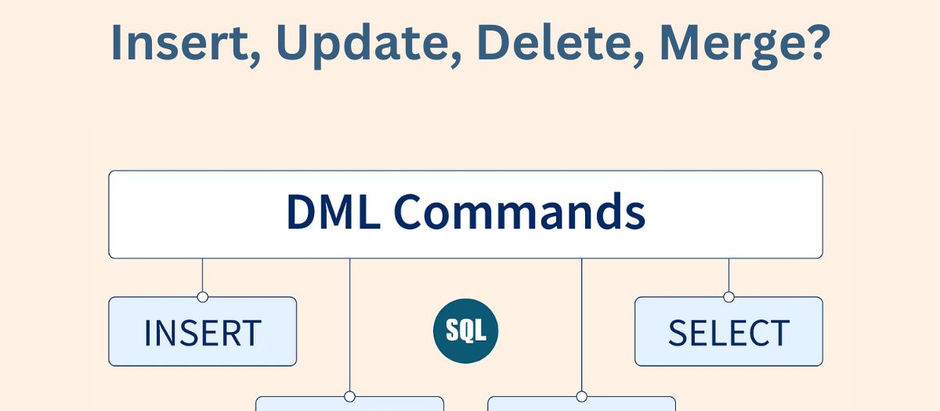top of page
Search


10 Essential NumPy Functions for Data Analysis
Introduction: NumPy, short for Numerical Python, is a powerful library for numerical computing in Python. It provides efficient data...

archi jain
Apr 5, 20242 min read


What Are the Limitations of DML: Insert, Update, Delete, Merge?
Data Manipulation Language (DML) is a powerful tool in managing data within databases. It consists of operations such as Insert, Update,...

archi jain
Apr 4, 20243 min read


10 Benefits of Using Data Mining Classifier Techniques
Data mining classifier techniques are powerful tools used to extract patterns and insights from large datasets. These techniques utilize...

archi jain
Apr 2, 20242 min read
bottom of page




